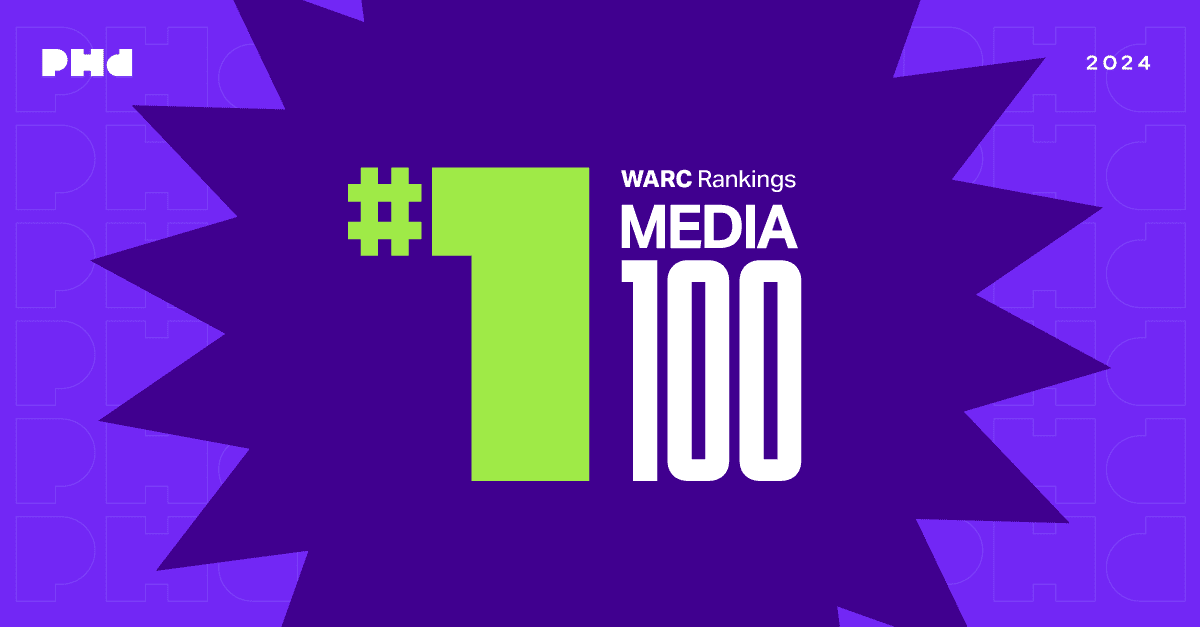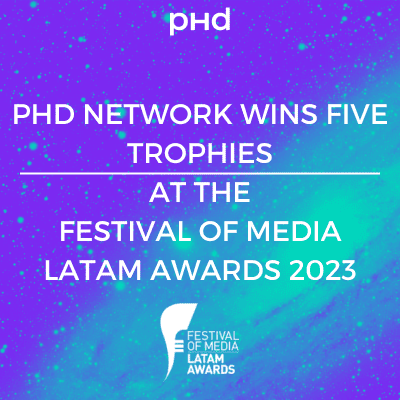Recently, I was invited on stage by CNN to be part of an AdWeek Europe panel of experts. The topic: The Art & Science of Emotional Storytelling.
The discussion – featuring Joe Devlin, Professor of Cognitive Neuroscience at UCL; Pippa Scaife, Commercial Director from Great Big Story; and myself – attempted to map out navigation points across the topic. What arose from that discussion was a vision for how emotional advertising may look in the future.
The modern hyper-networked world means the Niagara of information that washes through us on a minute-by-minute basis has humanity attempting to make sense of it by applying an age-old coping mechanism: STORY. In the modern media landscape, Snapchat and Instagram are prime examples of how, today, we increasingly wish to consume our media via ‘vertical narrative’. Similarly, thanks to YouTube, we can learn of a brand’s CSR programme through the pre-rolled tale of an African child benefiting from a new school.
Brands have long known there is greater ROI in building brand messaging over time vs short-term sales messaging. But things are about to change. Brands and their content marketers are going to have to face up to the challenge on three fronts. I call them: CYNICISM, ALGORITHM, DYNAMISM.
1. Cynicism
The term ‘brand storytelling’ has become somewhat derided thanks to its pretentious overuse in the industry (and abuse in LinkedIn profiles). This comes at a time when new research suggests Gen Zs are even more brand cynical than their Millennial predecessors. They are more likely to scrutinise a brand’s true motives, and demand legitimacy and sincerity from any company attempting to hitch their flag to a virtuous hashtag. Moving forward, brands will have to ensure they are belt and braces on their CSR and internal working practices to avoid accusations of ‘greenwashing’, as Pippa said on stage that day.
2. Algorithm
Within a few years we may be at an inflection point when algorithms release us from the drab, functional decision making of choosing our washing powder, and automatically drop items in our virtual cart. To get brands and products mentally shortlisted at all, we may have to turn to more brand-led storytelling to lodge ourselves in consumers’ minds – literally bypassing the algorithm to target the heartstrings.
Alternatively, if citizens move to prevent companies from gaining access to our data for targeting – in effect, ‘smashing the algorithm’ – then storytelling that draws on a mix of universal values and its contextual placement may become a way forward, too.
3. Dynamism
The birth of new canvases that afford consumers access to more immersive, sensorial encounters – VR, AR and the latest Sensory Reality (see Sensiks) – will require brands to plot out how their values live in a haptic world: how does a brand behave not only in sight and sound, but in touch and smell?
As technology allows us a more discerning analysis of human emotion, thanks to facial tracking with platforms such as RealEyes, we will become endowed with the ability to optimise our content towards certain emotions and sensations, knowing from data that certain phrases and faces can elicit surprise, sadness or joy. We may even use a tool like Synthesia to re-engineer an actor’s lines or vocal tone at a moment’s notice to meet that requirement.
Brands Must Take Action
So how can brands prepare for this sea-change? First, invest in the legitimacy of your claim. Do your work, have your proof points, ensure they are on screen. Second, start thinking now about how those values transfer into innovative canvases. What do your values feel like – literally? What extra inputs could be recreated to encode understanding of your messages? Lastly, think about testing your content with advanced new tools. Ascertaining the quality of your TV ad via the traditional traffic light system may not cut it for much longer.
In short: Fight the cynicism. Use the algorithm. Exploit the dynamism.




